Fragment, Modified GRF, Ipamorelin 12mg (Blend)
SKU
$94.00
HGH Fragment 176-191 6mg, Modified GRF 3mg, Ipamorelin 3mg (12mg Total Blend)
Size: 12mg
Contents: Fragment 176-191 6mg, CJC-1295 NO DAC (Mod GRF 1-29) 3mg, Ipamorelin 3mg
Form: Lyophilized powder
Purity: >99%
Fragment 176-191 & Mod GRF 1-29 & Ipamorelin peptides blend are Synthesized and Lyophilized in the USA.
Fragment, MOD GRF, and Ipamorelin are all research chemicals and still being studied. Research has found that the best results are achieved in growth hormone release when combining these specific peptides together. Other findings discovered include new bone growth; reduced intestinal inflammation, heart disease and helps with wound healing.
PRODUCT USAGE WARNING : This PRODUCT IS INTENDED AS A RESEARCH CHEMICAL ONLY. This designation allows the use of research chemicals strictly for in vitro testing and laboratory experimentation only. All product information available on this website is for educational purposes only. Bodily introduction of any kind into humans or animals is strictly forbidden by law. This product should only be handled by licensed, qualified professionals. This product is not a drug, food, or cosmetic and may not be misbranded, misused or mislabled as a drug, food or cosmetic.
Description
BUY FRAGMENT 176-191 MOD GRF 1-29 IPAMORELIN BLEND PEPTIDE FOR SALE ONLINE
Fragment 176-191 & Mod GRF 1-29 & Ipamorelin Peptide Blend
Modified GRF 1-29 is a synthetic peptide with 29 amino acids. As an analog of the naturally occurring growth hormone-releasing hormone (GHRH), the structure is slightly altered with the intention of providing more stable groups to replace the original four amino acids – hence, it is called Modified GRF 1-29 peptide (Mod GRF 1-29). Ipamorelin is a synthetic pentapeptide, falling under the growth hormone secretagogues (GHSR) agonist category. Fragment 176-191, as the name implies, is a small ‘fragment’ of the growth hormone (hGH), also referred to as the “fat-burning peptide” for its potential in that area. Fragment 176-191 peptide, composed of 15 amino acids 177 to 191 found in hGH, is also known as AOD 9604.
Fragment 176-191 Mod GRF 1-29 Ipamorelin Peptide For Sale online only at USA Peptide Store where you can buy USA Research Peptides online. Shop over 100 research peptides online now for fast shipping and the best deal! Buy in bulk and Save! USA Peptide Store Your #1 Trusted USA Research Peptides Supplier.
If this product does not meet your needs or interests, you may want to look at GHRH Peptide (Growth Hormone Releasing Hormone) 5mg and GHRP-2 (5mg x 5 | 5mg x 10) and CJC-1295 DAC (5mg x 5 | 5mg x 10). Please visit this link for further information on our HGH Peptides and Peptide Blends.
Chemical Makeup
Molecular formula:
Modified GRF 1-29: C152H252N44O42
Ipamorelin: C38H49N9O5
Fragment 176-191: C78H125N23O23S2
Molecular weight:
Modified GRF 1-29: 3367.9 g/mol
Ipamorelin: 711.9 g/mol
Fragment 176-191: 1817.12 g/mol
Other known titles:
Modified GRF 1-29
- CJC 1295 Without DAC
- Mod GRF (1-29)
Ipamorelin
- Ipamorelin Acetate
- IPA
Fragment 176-191
- AOD 9604
- GH (hGH) lipolytic fragment
- Somatostatin (177-191), tyrosyl
Fragment 176-191 & Mod GRF 1-29 & Ipamorelin Blend
Studies have suggested that the highest output of growth hormone (GH) from the anterior pituitary gland can be attained through a combination of growth hormone-releasing hormone (GHRH) analog and agonist of growth hormone secretagogue receptor (GHSR). The combination of Ipamorelin with modified GRF is one of the various combinations which may help to achieve the above objective. Interestingly, more specific results appear to be achieved beyond the increase in GH synthesis through the refinement of the choice of GHRH analog, and GHSR agonist used. Modified GRF, also an effective GHRH analog may have effects beyond the improvement of GH release. It has appeared to benefit intestinal inflammation, wound healing, and cardiac function in animal models. The introduction of Ipamorelin along with modified GRF may trigger the highest expression of GH. Ipamorelin has the potential to improve bone growth and stabilization of the cellular matrix. The above physiological outcomes are in addition to the potential for improvement of bone development via increased GH release.
Fragment 176-191 Specifications
MOLECULAR FORMULA: C78H125N23O23S2
MOLECULAR WEIGHT: 1817.1 g/mol
SEQUENCE: Tyr-Leu-Arg-Ile-Val-Gin-Cys-Arg-Ser-Val-Glu-Gly-Ser-Cys-Gly-Phe
CAS NUMBER: 66004-57-7
RECONSTITUTION: Required
Mod GRF 1-29 Specifications
MOLECULAR FORMULA: C152H252N44O42
MOLECULAR WEIGHT: 3367.95 g/mol
SEQUENCE: H-Tyr-D-Ala-Asp-Ala-Ile-Phe-Thr-Gln-Ser-Tyr-Arg-Lys-Val-Leu-Ala-Gln-Leu-Ser-Ala-Arg-Lys-Leu-Leu-Gln-Asp-Ile-Leu-Ser-Arg-NH2
PUBCHEM: CID 56841945
CAS NUMBER: 863288-34-0
RECONSTITUTION: Required
Ipamorelin Specifications
MOLECULAR FORMULA: C38H49N9O5
MOLECULAR WEIGHT: 711.85 g/mol
SEQUENCE: Aib-His-D-2Nal-D-Phe-Lys-NH2
PUBCHEM: CID 9831659
CAS NUMBER: 170851-70-4
RECONSTITUTION: Required
Research
FRAG 176-191 & MOD GRF 1-29 & IPAMORELIN – RESEARCH IN BODY COMPOSITION
The main area of study of this peptide blend has focused on its potential to promote fat loss and increase muscle mass. The critical component among this peptide blend capable of achieving weight loss is the Frag 176-191. HGH Fragment 176-191 is the main ‘lipolytic fragment.’ It acts on the beta-3 adrenergic receptors (ADRB3). This peptide has been suggested to lead to increased fat burning in fatty tissues and increased fat breakdown by triggering ‘thermogenesis’ (heat production) in skeletal muscles by acting on these receptors.
Researchers have noticed that knock-out mice without ADRB3 receptors cannot respond to the effects of Fragment 176-191. Interestingly, researchers noticed that Frag 176-191 only appeared to lead to weight loss in obese mice and did not affect lean mice. It was reported to lead to a nearly 50% reduction in weight gain in obese mice noticed over three weeks. Other elements of this blend, such as Mod GRF (1-29), have been studied in relation to improving body composition by increasing muscle mass. The apparent increase in muscle mass may be due to two mechanisms triggered by this peptide: muscle hypertrophy (increase in the size of muscle fibers) and muscle hyperplasia (increase in the number of muscle fibers).
FRAG 176-191 & MOD GRF 1-29 & IPAMORELIN – RESEARCH IN BONE AND JOINT HEALTH
This blend may be useful in dealing with various bone and joint-related conditions associated with aging. These include conditions such as osteoporosis and joint osteoarthritis. Researchers noticed that when HGH Frag 176-191 was used in conjunction with hyaluronic acid therapy in conditions such as osteoarthritis, it could potentiate joint cartilage growth. The study noticed that using the peptide in animal models of osteoarthritis appeared to improve joint cartilage. Studies reported that the apparent improvement was more marked when used in combination with hyaluronic acid. Kwon et al. concluded that “Intra-articular AOD9604 injections using ultrasound guidance enhanced cartilage regeneration, and combined AOD9604 and HA injections were more effective than HA or AOD9604 injections alone in the collagenase-induced knee OA rabbit model.” In addition, peptides such as Mod GRF 1-29 and Ipamorelin have been suggested to improve bone health by activating bone cells via GH-mediated pathways. The use of these peptides may lead to increased activity, proliferation, and differentiation of bone-forming cells and may also lead to an increase in Bone Mineral Density (BMD). This would be useful in conditions such as osteoporosis.
FRAG 176-191 & MOD GRF 1-29 & IPAMORELIN – RESEARCH IN ANTI-AGING
The levels of growth hormone decline sharply following teenage years and continue to decline even more rapidly after the 40s. The signs of aging are the direct consequence of declining levels of GH. A blend of GH stimulating peptides, such as this one, may stimulate the natural increase in GH levels. An increase in GH levels is associated with an improvement in cell proliferation due to telomere shortening and a reduction in cellular death due to a decline in processes such as oxidative stress.
FRAG 176-191 & MOD GRF 1-29 & IPAMORELIN – GENERAL RESEARCH IN HEALTH
Researchers have suggested other potential health benefits of this peptide blend, including:
● Improved cardiovascular health and quicker recovery following Myocardial Infarction (MI)
● Improved gut health
● Improved healing following injury or surgery and better aesthetic outcomes following cosmetic surgery procedures
● Improved mental health and might be helpful in neurodegenerative diseases such as Alzheimer’s dementia and Parkinson’s disease
● Better overall health, energy, and vitality levels
● Mental well-being
● Better thyroid health
● Enhanced recovery following injury and post-workout
Research has suggested that Fragment 176-191, a synthetic GHRH agonist may be a strong catalyst for catabolism of adipocytes. Researchers even note that “in obese Zucker rats, daily treatment with an oral dose of AOD9604 for 19 days reduced over 50% body weight gain of the animals in comparison with the control.” Hence it may be possible to bring about targeted lipolysis by including Fragment 176-191 with Ipamorelin and Mod GRF 1-29. It would be more effective than most of the GHRH agonists in the burning of fat, and has been is popularly called a “lipolytic fragment.” Inclusion of Frag 176-191 appears to have the potential to improve fat metabolism on the premise of increased GH release and may modify physiological metabolism in favor of lean body mass.
earch has shown that achieving maximum natural growth hormone (GH) release by the anterior pituitary can be accomplished, in general, by combining a growth hormone releasing hormone (GHRH) analogue with a growth hormone secretagogue receptor (GHSR) agonist. There are multiple combinations that can accomplish this goal, including combining modified GRF with ipamorelin. Of course, sometimes the goal might be to achieve more specific effects in addition to maximum GH release. In other words, by fine tuning the types of GHRH agonist and GHSR agonist used, it could be possible to create more targeted outcomes.
In the case of Modified GRF, a potent GHRH analogue, the effects go beyond simply boosting GH release. The peptide has been shown, in animal studies, to have benefits in intestinal inflammation, heart function, and wound healing.
By adding ipamorelin to the mix with modified GRF, GH release is pulsed to its maximum level. Ipamorelin, known for its specificity in boosting GH with few additional effects, has recently been linked to bone regrowth and matrix stabilization. These effects appear to be in addition to the bone benefits of enhanced GH release.
Finally, it is possible to boost targeted fat burning, something that both modified GRF and ipamorelin cause to a limited degree, with the aid of fragment 176-191. While technically a GHRH agonist, fragment 176-191 has been shown in animal models to be a primary and potent stimulator of adipocyte catabolism (fat burning). The peptide is orders of magnitude more potent than most GHRH agonists in stimulating fat metabolism and thus is sometimes referred to as the “lipolytic fragment.” Adding fragment 176-191 to the mix is a way to boost fat burning, particularly in the setting of enhanced GH release, and shift metabolism toward the accumulation of lean body mass.
Fragment 176-191 & Modified GRF 1-29 & Ipamorelin Blend, and Lipolytic Action
In one study, obese experimental mice were subjected to the peptide for two consecutive weeks. After the completion of the study, it was noted that there appeared to be a significant reduction in the body weight of these mice, including a reduction of excess body lipids. These results were deemed correlated to the increased concentration of the lipolytic ß3-AR receptors, indicating the peptides may work via the beta-adrenergic pathway. Further studies were conducted on the experimental mice with knocked-out lipolytic receptors. The peptide mice showed considerable weight loss, suggesting that the peptide does not depend on the lipolytic receptors to exert any action. Instead, it may produce possible the fat-burning action via energy expenditure and fat oxidation. As per M Heffernan and his team, “this study demonstrates that the lipolytic actions of both hGH and AOD9604 are not mediated directly through the beta(3)-AR although both compounds increase beta(3)-AR expression, which may subsequently contribute to enhanced lipolytic sensitivity.”(
Fragment 176-191 & Modified GRF 1-29 & Ipamorelin Blend, and GSHs, GHRHs
One clinical study was conducted in test subjects presented with different concentrations of peptides and monitored for any physiological changes. After completing this study, it was suggested that these peptides appeared to yield various bodily changes, including enhanced body growth, increased hunger, improved lean body mass, improved sleep cycle, and reduced bone turnover in obese subjects. These peptides were reported to “increase lean body mass, reduce fat mass, increase exercise tolerance and maximum oxygen uptake, enhance muscle strength, and improve linear growth…”
Fragment 176-191 & Modified GRF 1-29 & Ipamorelin Blend, and Fat Burning
In 2004, a clinical trial was launched, consisting of 300 obese test subjects. All these subjects were presented with the Fragment 176-191 peptide for 12 consecutive weeks. All subjects were divided into 6 groups – one group was presented with saline placebo, and the rest were given different peptide concentrations. After 12 weeks, when the subjects were examined, the group presented with the minor peptide concentration appeared to exhibit the highest reduction in their body weight (up to an average of 2.8 kilograms). Moreover, the trial also suggested that the peptide may have helped to improve these candidates’ cholesterol profiles and glucose tolerance levels. As per Chris Belyea, “The evidence from the trial is that over 12 weeks AOD9604 induces competitive weight loss with accompanying health benefits at a low dose and has superior tolerability.”
Fragment 176-191 & Modified GRF 1-29 & Ipamorelin Blend, and Regeneration
In one 2015 study, 32 experimental rabbits were enrolled and divided into four groups of eight. All four groups were presented with placebo, Fragment 176-191 peptide, hyaluronic acid, or a combination of the peptide and hyaluronic acid. This study was conducted for approximately 7 weeks. After the completion of the study, all rabbits were examined for cartilage damage. Among all groups, the rabbits presented with the peptide and hyaluronic acid combination appeared to exhibit minor cartilage degeneration. The report concluded that “Intra-articular AOD9604 [administration] using ultrasound guidance enhanced cartilage regeneration, and combined AOD9604 and HA [administration] were more effective than HA or AOD9604 [doses] alone in the collagenase-induced knee OA rabbit model.”
Fragment 176-191 & Modified GRF 1-29 & Ipamorelin Blend, and Sleep Cycle
Studies have indicated that the amount of growth hormones secreted may possibly affect the deep non-REM sleep cycle (NREMS) on a daily basis. Presenting the peptide blend of Fragment 176-191, Ipamorelin, and Modified GRF 1-29 peptides may not only help increase the secretion of growth hormones in the body but may also impact the sleep cycle. According to the researchers, “Mutant and transgenic animals with a defect in GHRHergic activity display permanently reduced NREMS, which cannot be reversed by means of GH supplementation. GHRH contents and mRNA levels in the hypothalamus correlate with sleep-wake activity during the diurnal cycle and sleep deprivation and recovery sleep. Stimulation of NREMS by GHRH is a hypothalamic action. GABAergic neurons in the anterior hypothalamus/preoptic region are candidates for mediating promotion of NREMS by GHRH.”
Fragment 176-191 & Modified GRF 1-29 & Ipamorelin peptide blend is available for research and laboratory purposes only.
Buy Wholesale Fragment 176-191 Mod GRF 1-29 Ipamorelin Blend Peptide From USA Peptide Store
At USA Peptide Store, our research peptides are of the highest purity and pharmaceutical grade. Our Fragment 176-191 Mod GRF 1-29 Ipamorelin blend Peptide comes in 12mg (HGH Fragment 176-191 6mg, Modified GRF 3mg, Ipamorelin 3mg). We’re passionate about our products, and we always strive to provide our customers with the best in both selection and quality. All of the products we provide are tested to verify authenticity and purity, so you can conduct your research with confidence.
Searching for Fragment 176-191 Mod GRF 1-29 Ipamorelin blend Peptide for sale? Look no further! Our online peptide store offers a wide range of Fragment 176-191 Mod GRF 1-29 Ipamorelin blend Peptide, perfect for your research needs. Whether you’re in the United States, Australia, Canada, Germany, Sweden, France, Turkey, Thailand, Italy, Netherlands or the United Kingdom, we have you covered. We provide fast and secure shipping to multiple countries, ensuring that you receive your order conveniently and on time. Purchase Fragment 176-191 Mod GRF 1-29 Ipamorelin blend Peptide that are now available for sale and in stock. With our competitive prices and extensive inventory, you can trust us to be your reliable source for Fragment, Modified GRF, Ipamorelin 12mg (Blend).
Want to learn more about our products or have a question about payment options? Our customer service team is here to help. So, what are you waiting for? order Fragment 176-191 Mod GRF 1-29 Ipamorelin blend Peptide For Sale and experience first-hand quality service, prompt response and quick shipping. Stock up on the highest quality Fragment 176-191 Mod GRF 1-29 Ipamorelin blend Peptide For Sale and more at USA Peptide Store today.
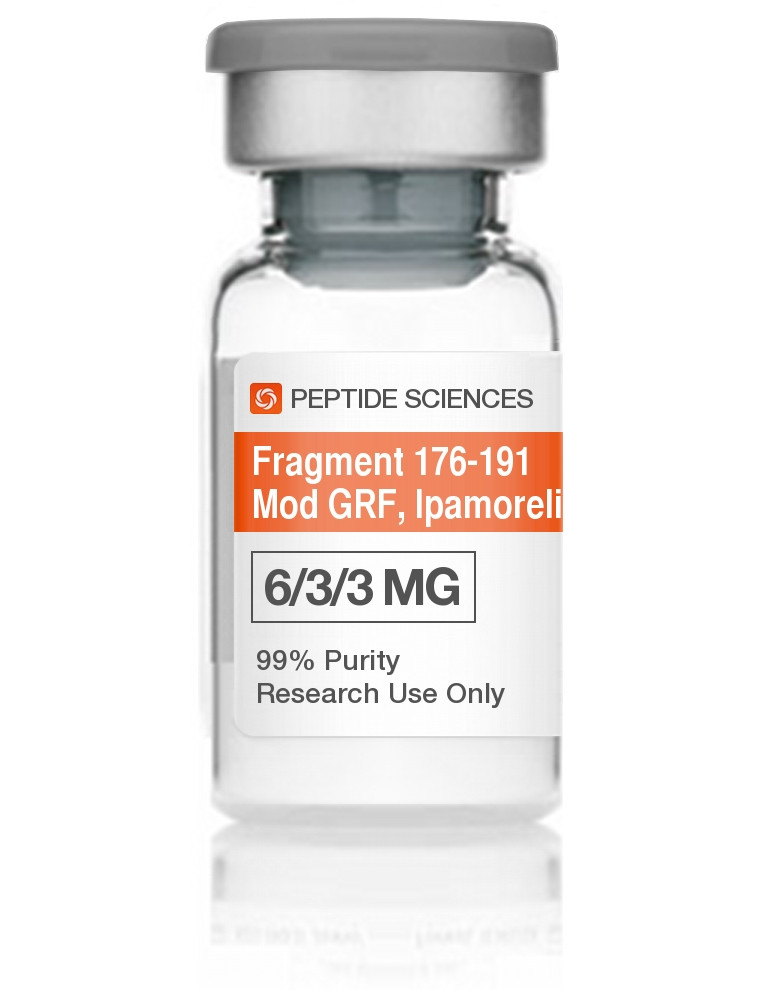
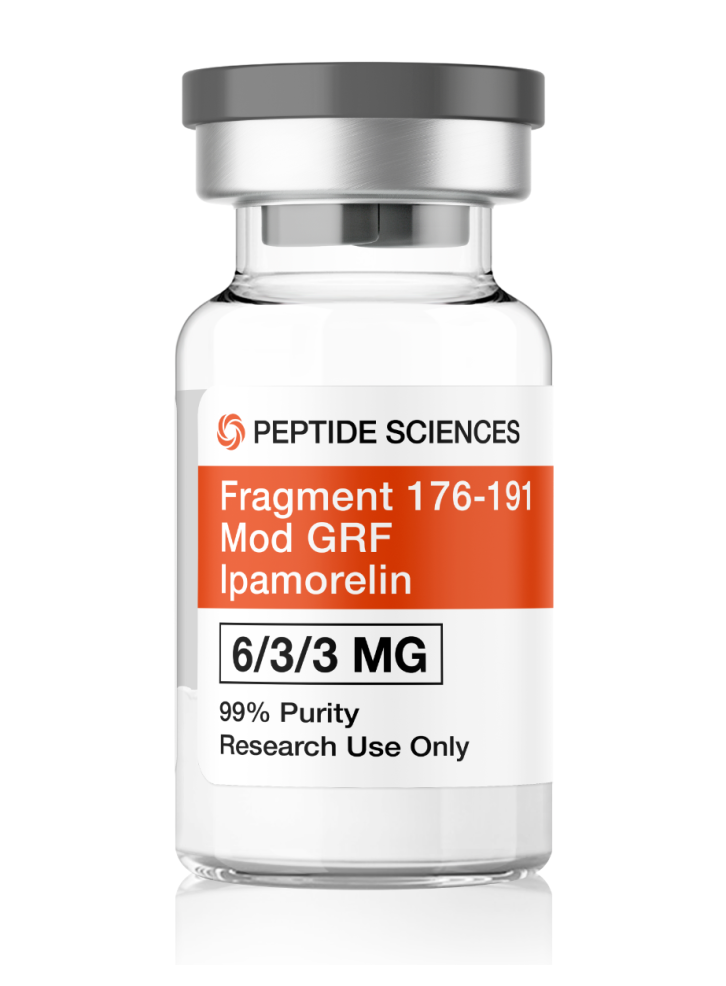
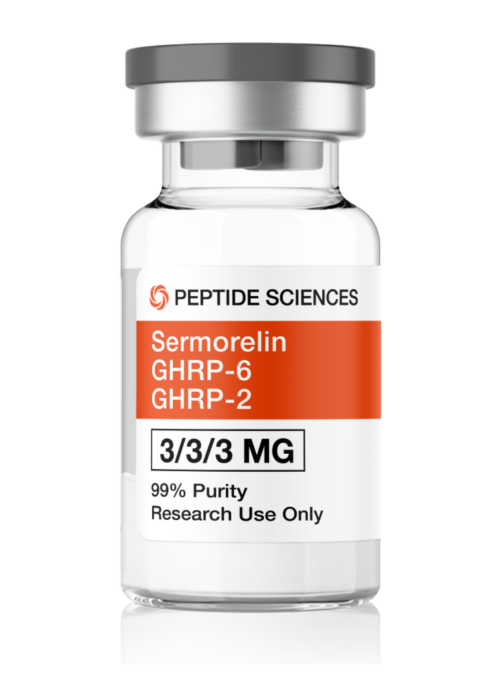
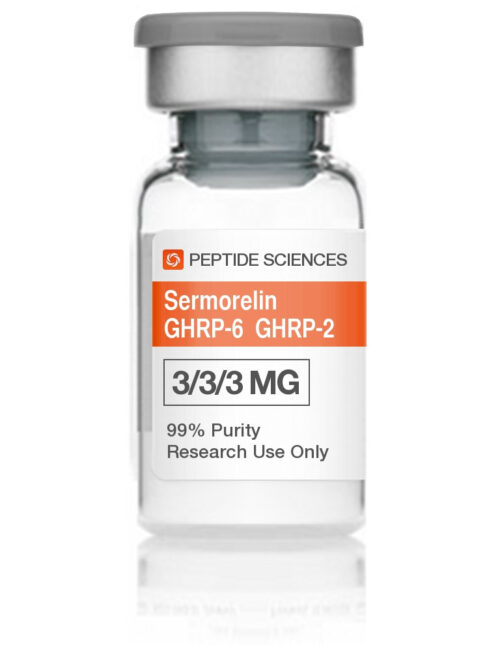
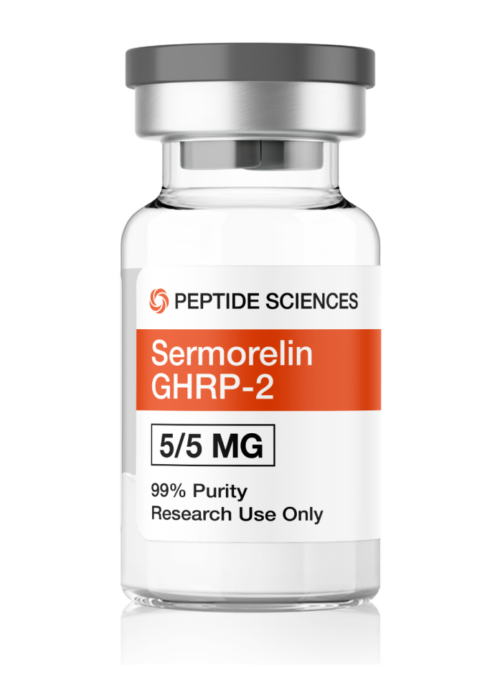
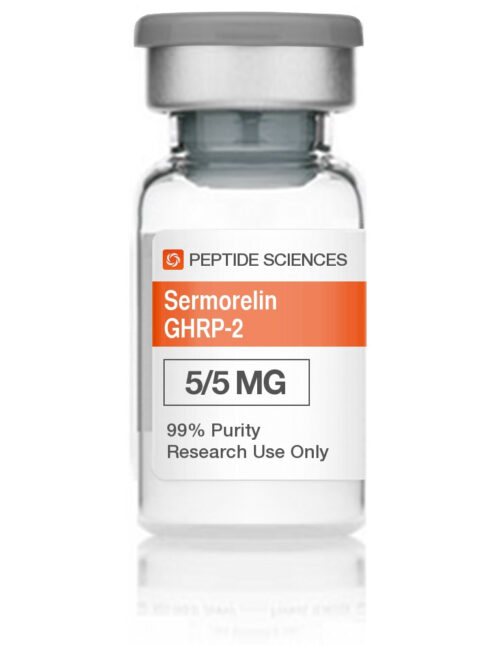
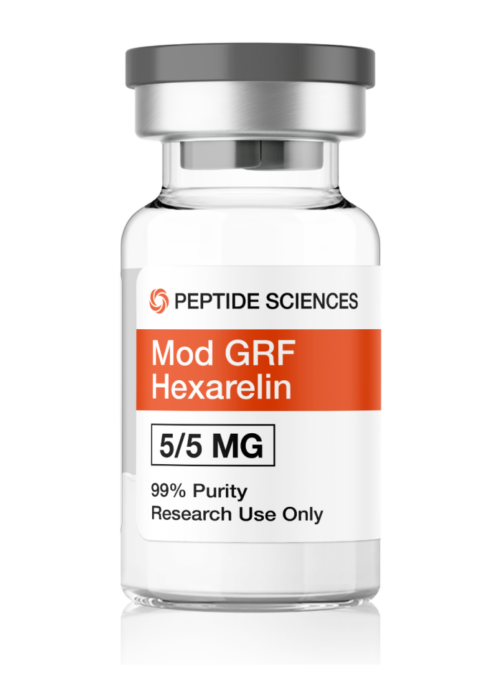
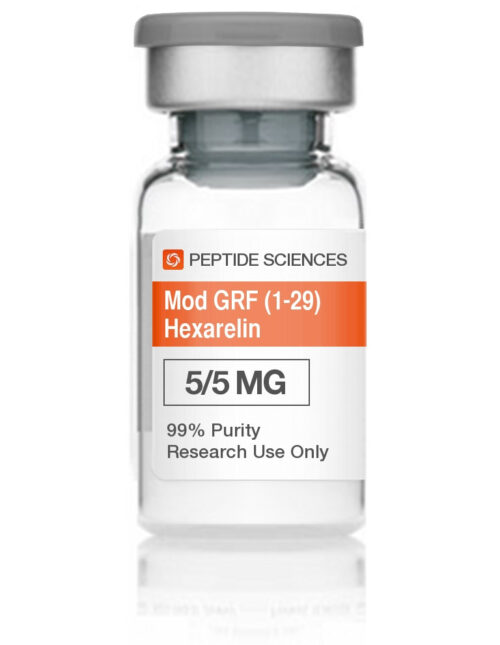
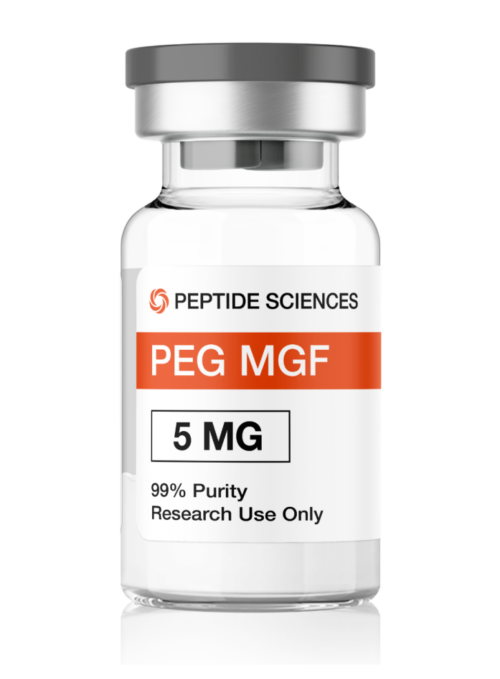
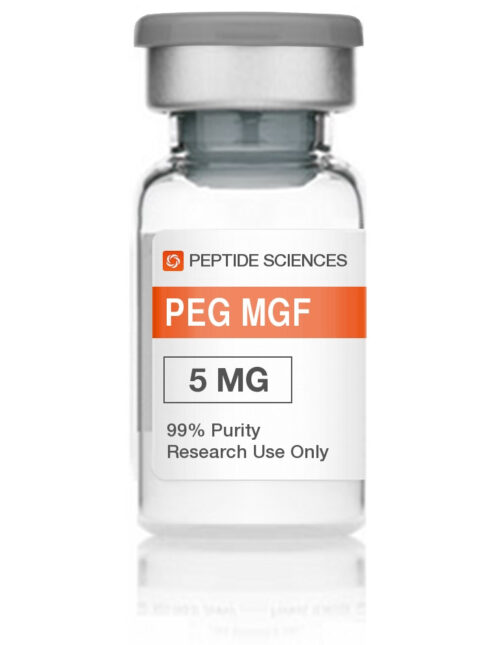
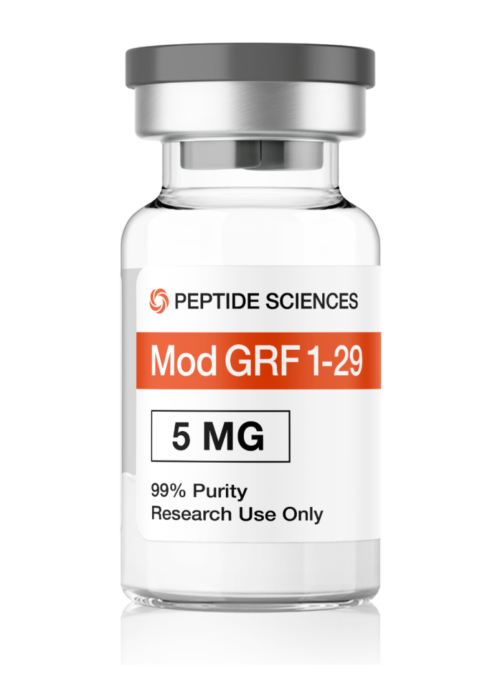
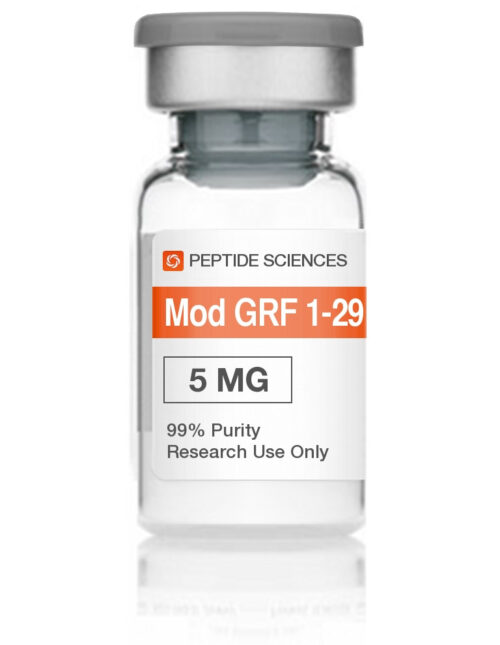
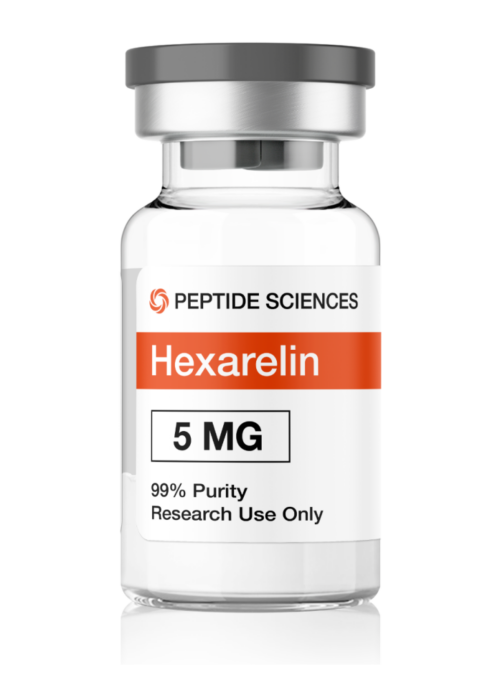
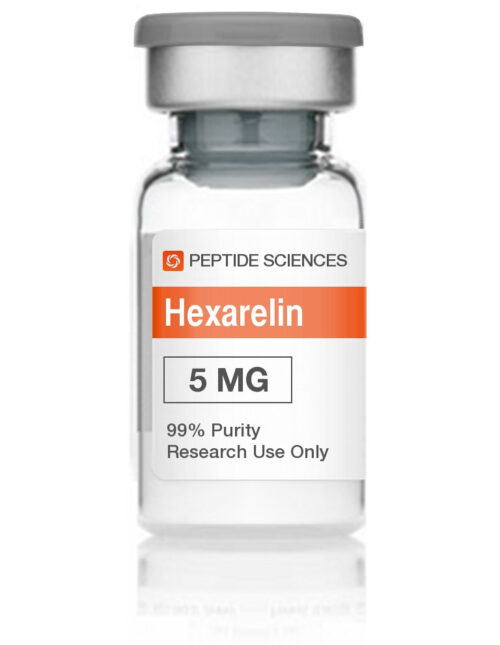
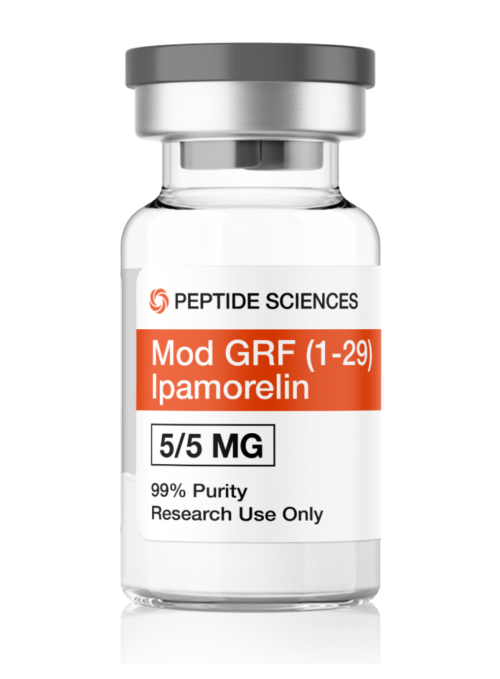
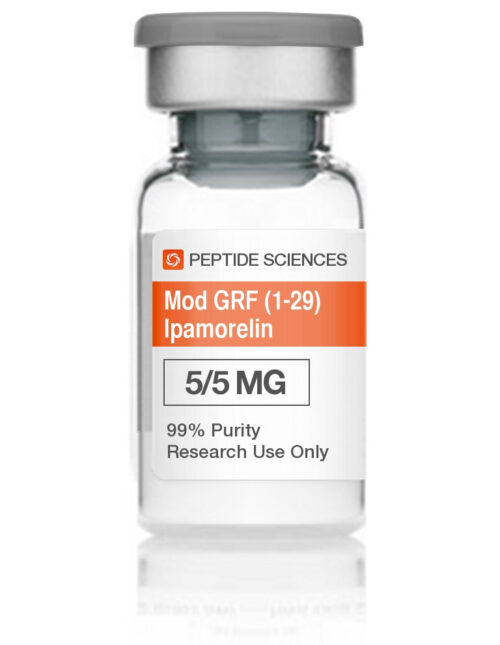
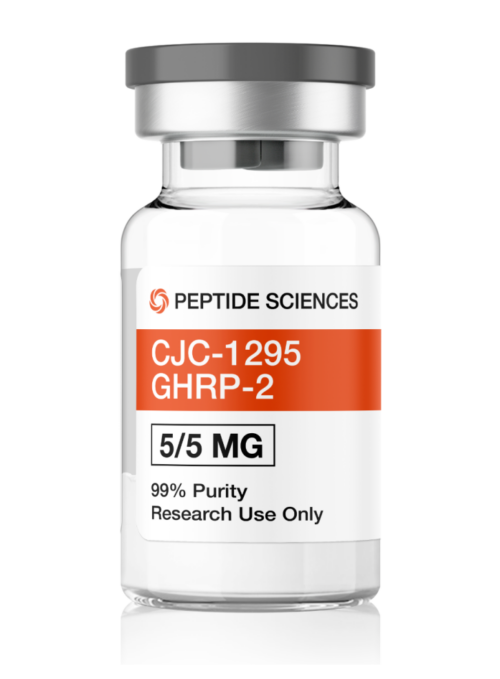
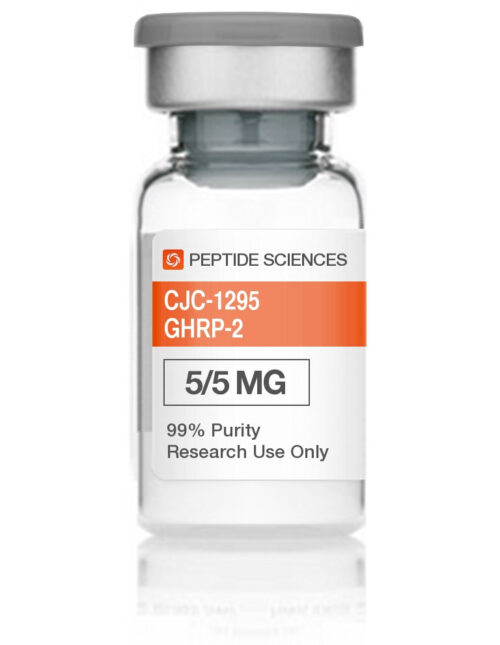

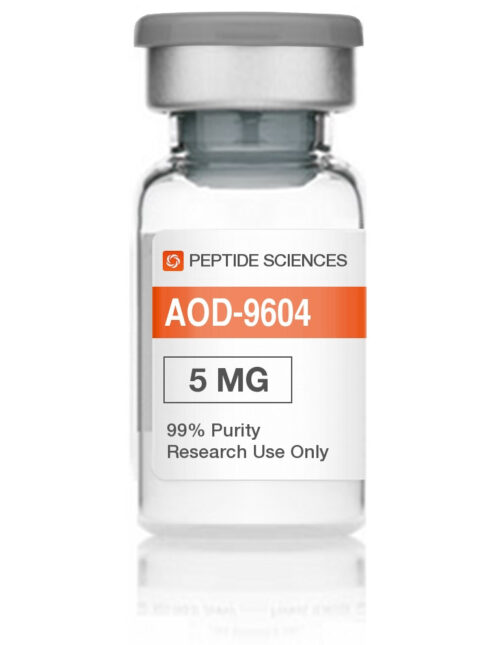
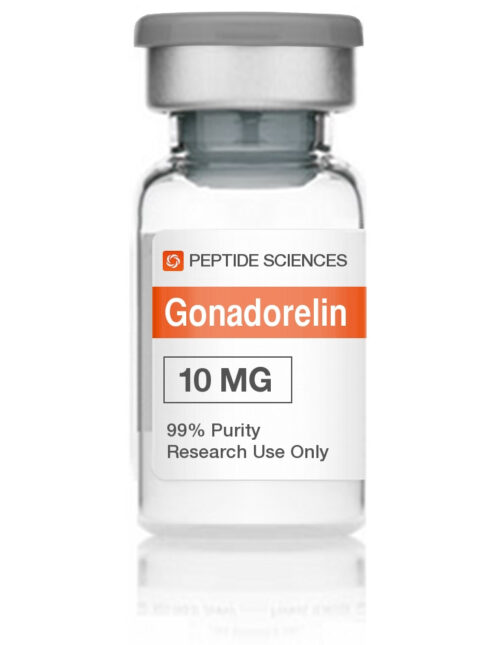
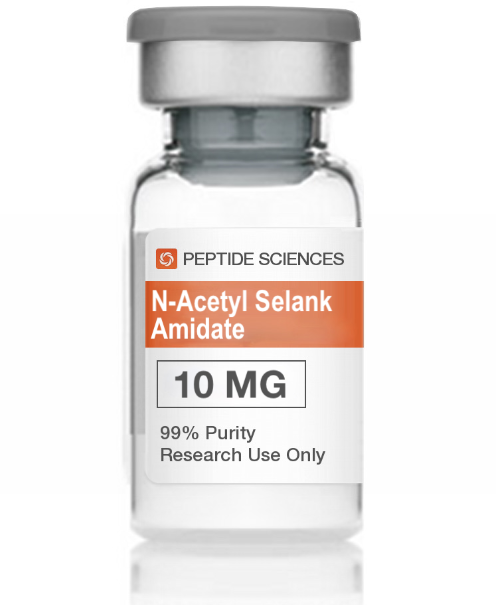
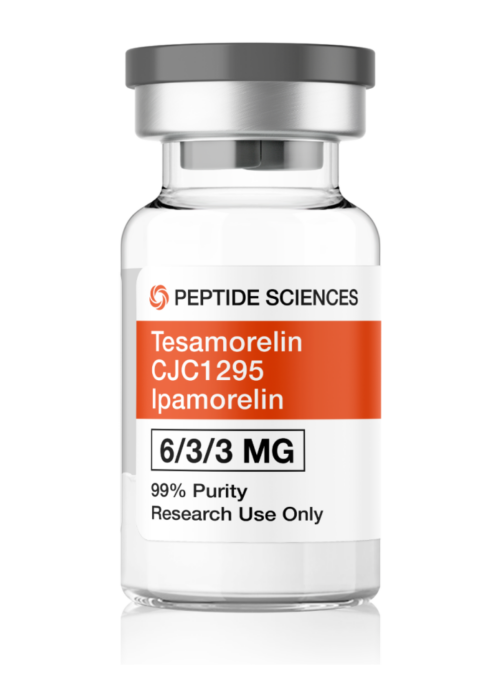

Reviews
There are no reviews yet.